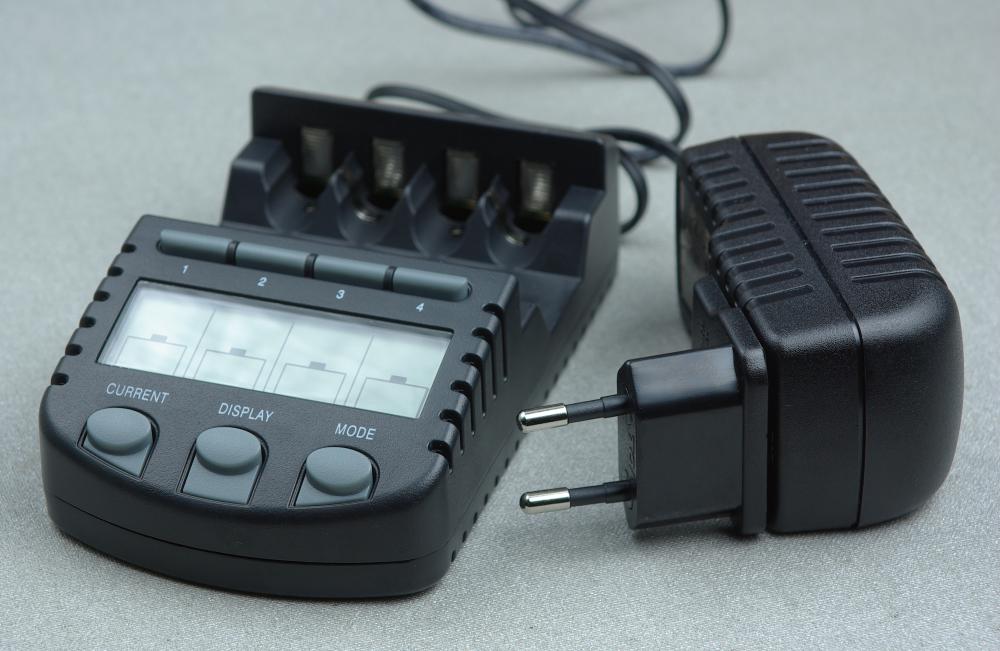At WiseGEEK, we're committed to delivering accurate, trustworthy information. Our expert-authored content is rigorously fact-checked and sourced from credible authorities. Discover how we uphold the highest standards in providing you with reliable knowledge.
What Is a Travel Voltage Converter?
A travel voltage converter is a device that changes electricity from one form to another, allowing a traveler to charge or power electronic devices without damaging them. There are two types of travel voltage converters. An area-specific converter is designed for use in one specific region, and an auto-detecting converter can be used anywhere. A travel voltage converter is sometimes used in conjunction with a plug adapter that allows them to be plugged into different kinds of outlets.
Different countries use different types of electrical power. An electronic device made for use in the United States might short out when plugged into an electrical outlet in Europe or Asia. This is because the most of the western hemisphere uses a power system that supplies 110-120 volts and 60 hertz (Hz), or 60 cycles per second. Most of Europe and Asia uses 220-240 volt system that provides 50 Hz per second. The difference in cycles per second has little effect beyond making clocks run at the wrong speed, but too many volts can cause complete failure of an electronic device.

Voltage is the potential energy that causes the electrons in a circuit to flow. If a device is provided with too much voltage, it can overload. A travel voltage converter contains a switch that toggles on and off, reducing the incoming voltage to a usable amount. An area-specific travel voltage converter is designed to convert a specific voltage value into another specific voltage value. For example, an area-specific converter designed for use with American appliances in England will not work with those same appliances in Asia.

If using an area-specific converter, a traveler must buy a converter for each place he or she plans to visit, which can be costly and take up a lot of space. If the traveler wants to use a single travel voltage converter while traveling to various areas, he or she needs an auto-detecting converter. This type of converter measures the voltage coming from the receptacle and automatically translates that voltage into the type needed to run a specific device.

Varying voltages is not the only problem faced by travelers who want to charge their electronic devices. The size and shape of outlets also can be different in different countries. For this reason, an auto-detecting travel voltage converter usually comes with a number of adapters that allow it to be plugged into different types of outlets. An area-specific converter, however, is designed to fit the receptacles in the area for which it is designed.
AS FEATURED ON:
AS FEATURED ON:














Discuss this Article
Post your comments